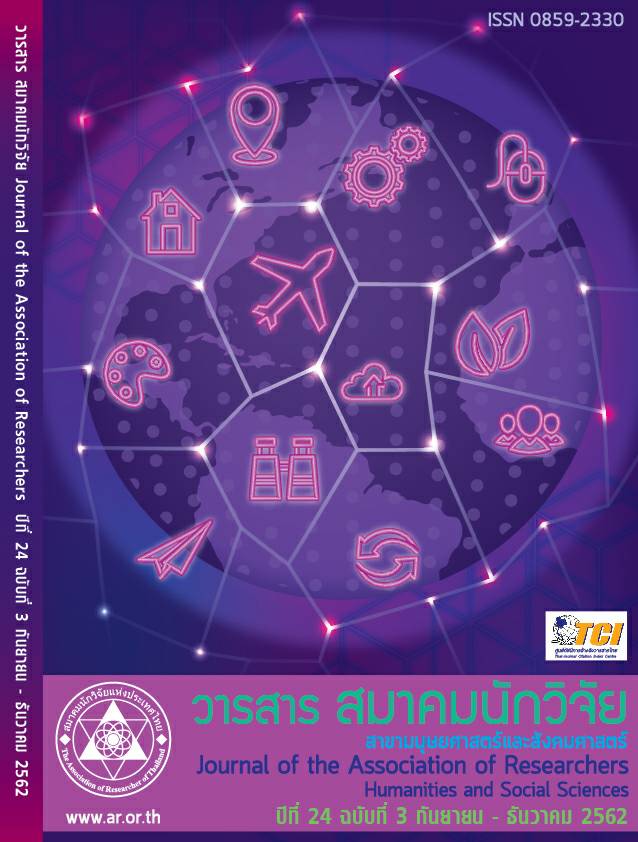Generation of Volatile Organic Compounds (VOCs), Oxides of Nitrogen (NOx), and Ozone (O3) during Smog Case Study: Chiang Rai Province
Main Article Content
Abstract
Pollution from human activities affects livelihood, quality of life and environment of communities. So goals of this research study on pollution concentration of Volatile Organic Compounds (VOCs), oxides of Nitrogen (NOx), and Ozone (O3) in Chiang Rai Province was monitored in two periods; before the forest burning during November 13-15, 2015 in winter, and during the forest burning during March 23-17, 2016 in summer. The monitoring was conducted at Ban San Kong School by using ambient air quality monitoring mobile unit with sampling equipment as follows: Gas chromatograph/flame ionization (GC/FID), NOx analyzer, and Ozone analyzer. The results revealed that the concentration of VOCs and NOx related to the source. VOCs in other VOCs group (Freon-12, acetylene, vinyl chloride, chloroform, CCl4) were detected in the highest concentration which was generated from anthropogenic sources. The sources of the concentration of NOx were fuel combustion and traffic. Meanwhile, the concentration of O3 was the product of the secondary reaction between VOCs and NOx, therefore, the higher concentration of NOx resulted in a higher concentration of O3.
The comparison of VOCs, NOx and O3 concentration between before and during the forest burning indicated that the concentration of NOx and O3 are high whereas the concentration of VOCs is low because VOCs are oxidized to their radicals and react with NOx in the atmosphere and produce O3.
Article Details
บทความที่ปรากฏในวารสารนี้ เป็นความรับผิดชอบของผู้เขียน ซึ่งสมาคมนักวิจัยไม่จำเป็นต้องเห็นด้วยเสมอไป การนำเสนอผลงานวิจัยและบทความในวารสารนี้ไปเผยแพร่สามารถกระทำได้ โดยระบุแหล่งอ้างอิงจาก "วารสารสมาคมนักวิจัย"


